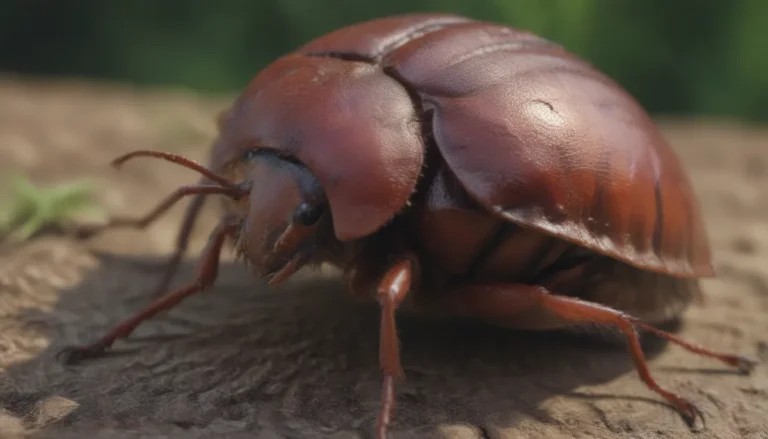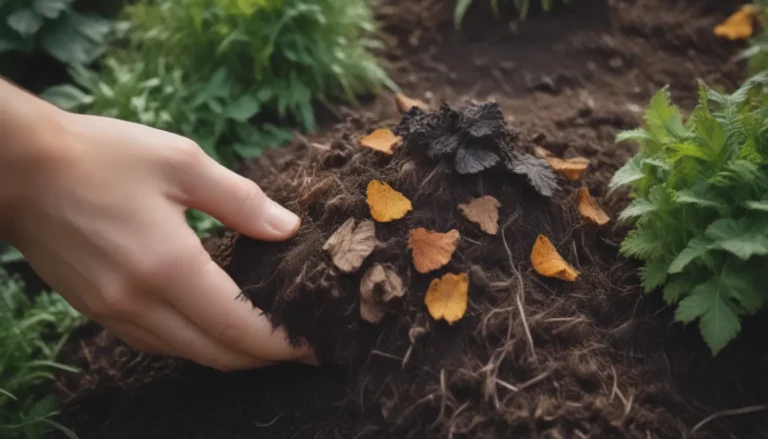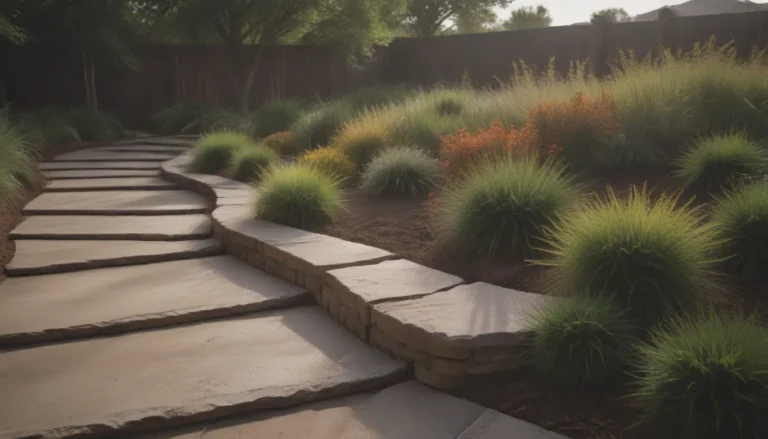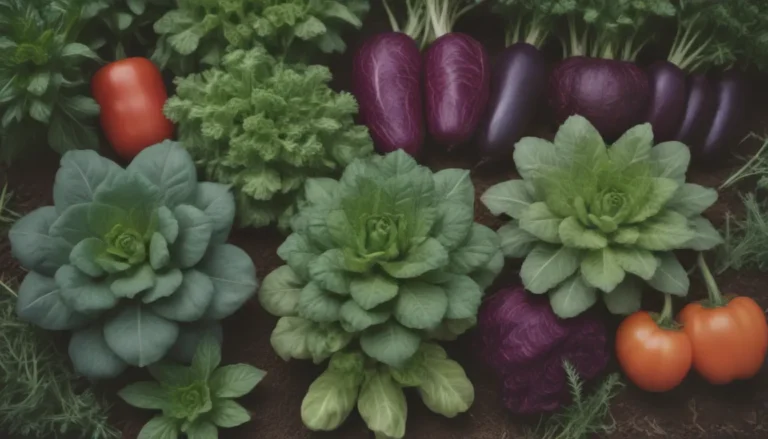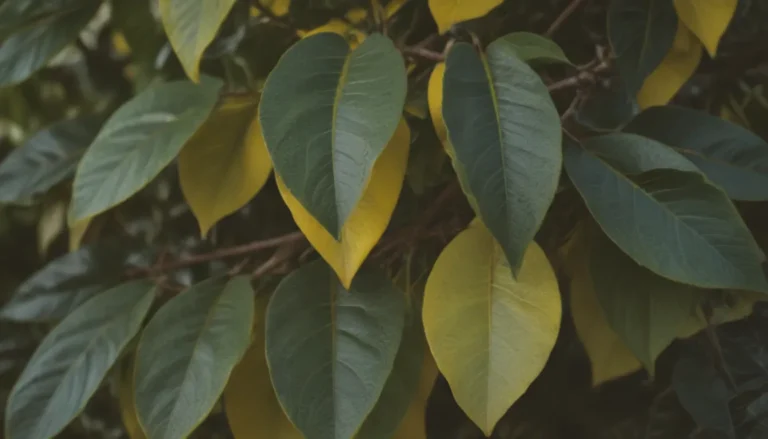The Ultimate Guide to Growing and Caring for False Aralia Indoors
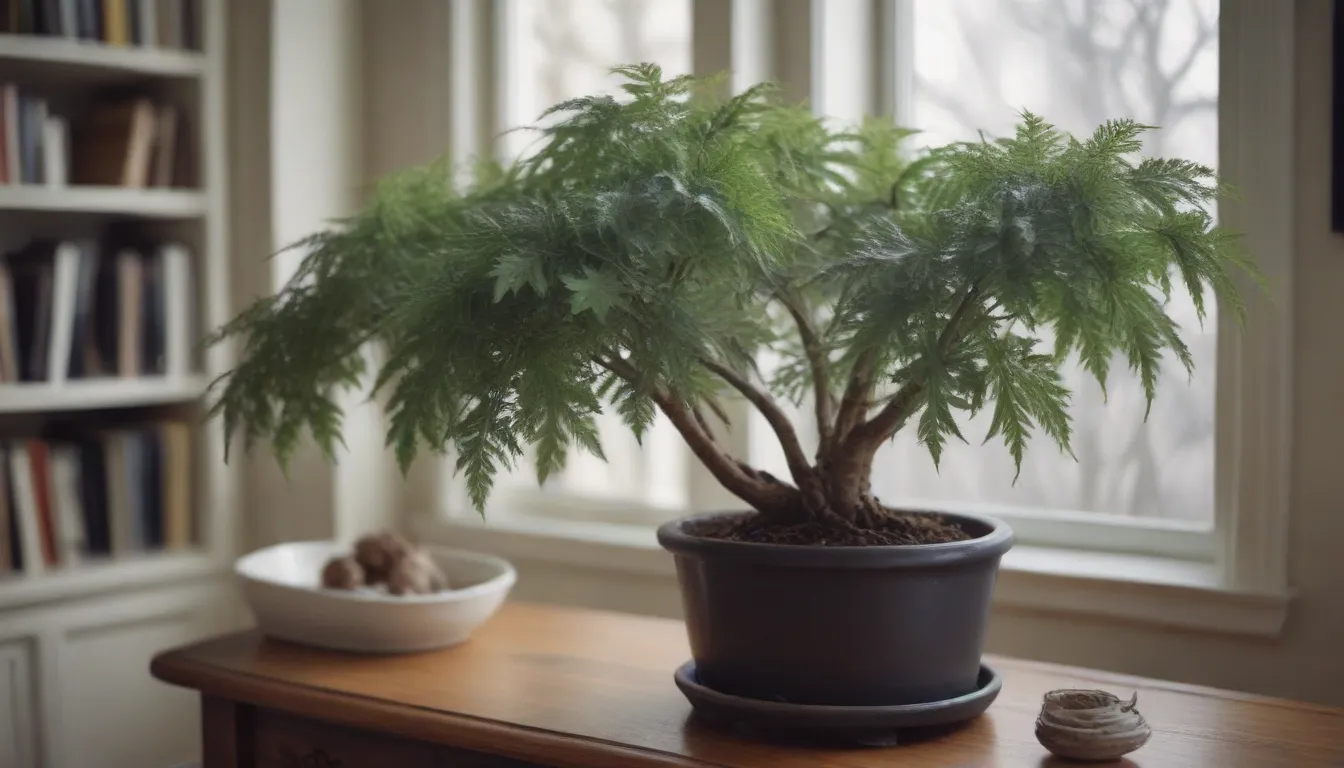
Have you ever been mesmerized by the beautifully textured foliage of a false aralia plant? Known for its deeply serrated leaflets that start off in stunning shades of copper or burgundy and eventually transition to a rich green, false aralia (Plerandra elegantissima) is a popular choice for houseplant enthusiasts. This slow-growing plant can reach heights of up to 6 feet when fully mature, making it a manageable size for indoor spaces. Whether you’re a seasoned plant parent or a beginner looking to add a touch of nature to your home, false aralia is a fantastic option that is relatively easy to care for.
Introduction to False Aralia
Native to the South Pacific, false aralia can thrive year-round in USDA zones 10 through 12 if grown outdoors. However, it can also flourish as a houseplant in any location as long as it receives adequate care. With its interesting leaf shape and slim, feather-like appearance, false aralia is a visually appealing addition to any home or garden. Let’s dive into the essential care requirements for growing and maintaining this striking plant.
False Aralia Care Guide
Light
One of the key factors in successfully growing false aralia is providing it with the right amount of light. This plant thrives in bright, indirect light, which helps to enhance the color of its leaves. While false aralia benefits from ample sunlight, be cautious of exposing it to direct rays that can damage its delicate foliage. Aim for a spot that receives a few hours of morning sun or place it near an east-facing window. Remember to rotate the plant regularly to ensure even growth on all sides.
Soil
False aralia prefers a moist but well-draining soil with a slightly acidic to neutral pH. Avoid using potting media that retains too much water, as this can lead to root rot. Opt for a peat-based mix with plenty of coarse material to promote adequate drainage. Keep an eye on the soil moisture levels and water only when the top 1 to 2 inches are dry to the touch.
Watering
Maintaining the right level of soil moisture is crucial for the health of your false aralia plant. While it prefers consistent watering, be cautious not to overwater, as this can lead to root rot. Wait until the top layers of soil are dry before watering again, especially during hot weather. Adjust your watering schedule based on the plant’s needs and environmental conditions.
Temperature and Humidity
False aralia thrives in temperatures ranging from 65 to 85 degrees Fahrenheit and requires humidity levels of at least 50 percent to flourish. Avoid exposing the plant to prolonged cold temperatures below 60 degrees, as this can cause leaf drop and other issues. To increase humidity, mist the plant with water or place its pot on a tray filled with water and pebbles. Monitor temperature and humidity levels to ensure optimal growing conditions.
Fertilizer
While false aralia doesn’t have heavy fertilizer requirements, you can give it a boost with a liquid houseplant fertilizer during the growing season (spring and summer). Follow the instructions on the label to avoid overfertilization, which can harm the plant.
Types of False Aralia
When considering false aralia varieties, you may come across options such as ‘Galaxy’, ‘Variegated Galaxy’, ‘Gold Crest’, and ‘Olympia’ false aralias. Each variety offers unique characteristics that add diversity to your collection of plants.
Pruning and Repotting
False aralia is a slow-growing plant that requires minimal pruning. Remove any damaged or diseased parts promptly to maintain the plant’s health. When repotting, choose a container that is slightly larger than the root ball, as false aralia doesn’t mind being root-bound. Repot every other year or when you notice roots emerging from the drainage holes.
Propagating False Aralia
You can propagate false aralia easily using stem cuttings, providing an inexpensive way to expand your plant collection. Take stem cuttings in the spring and follow propagation guidelines to ensure successful root development.
Common Pests and Diseases
False aralia is susceptible to common pests such as spider mites, scale, aphids, and mealybugs. Treat infestations with appropriate remedies like insecticidal soap or neem oil. Root rot is a common disease that affects false aralia, often due to overwatering. Monitor your plant for signs of pests or diseases and take prompt action to prevent spread.
Troubleshooting Common Problems
- Leaves Turning Yellow: This could indicate overwatering.
- Leaves Turning Black or Brown: Adjust the light exposure to prevent leaf damage.
- Plant Leaves Falling Off: Ensure the temperatures are suitable for the plant to avoid leaf drop.
Growing False Aralia Outdoors
While false aralia thrives indoors, you can also bring it outdoors in the summer to enjoy sunlight and warmth. Be cautious of direct sun exposure and ensure the plant is acclimated to outdoor conditions. Return the plant indoors when temperatures drop below 60 degrees to prevent cold damage.
In conclusion, false aralia is a stunning plant that can enhance any indoor or outdoor space with its unique foliage and elegant appearance. By following the care guidelines outlined in this article, you can cultivate a thriving false aralia plant that brings beauty and vitality to your environment. Remember to monitor your plant’s needs, provide adequate sunlight and water, and address any issues promptly to ensure its continued growth and well-being. Whether you’re a seasoned plant enthusiast or a beginner looking to expand your collection, false aralia is a rewarding choice that will captivate you with its beauty and charm.
